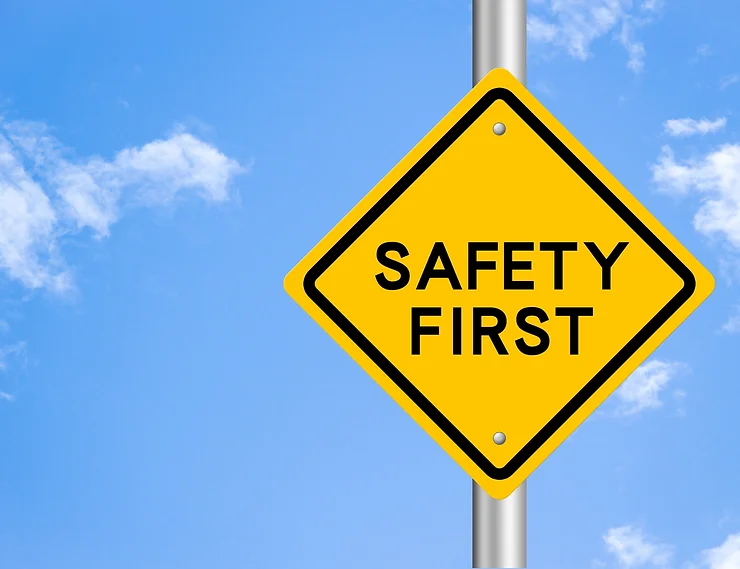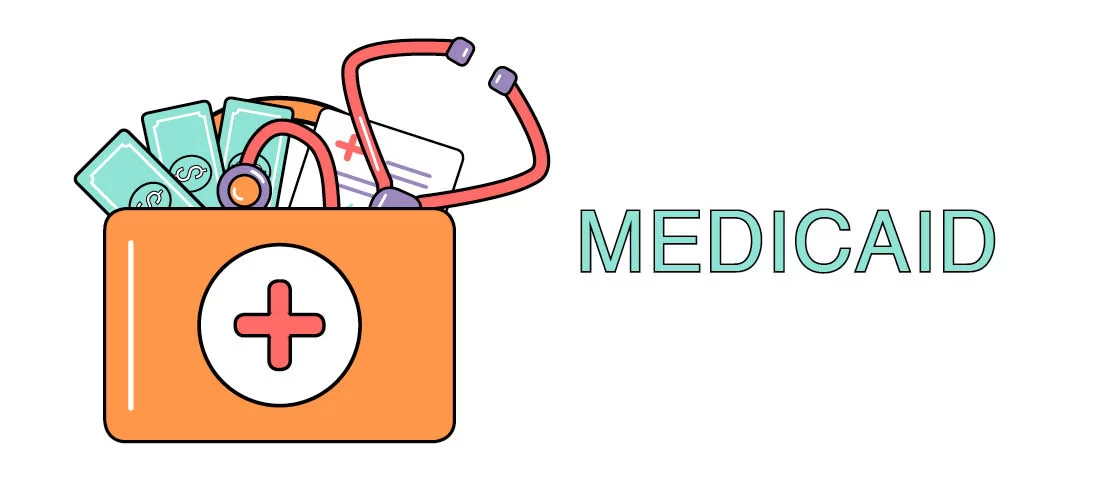Safety First: Crucial Precautions For Home Health Aides

 The role of a home health aide is one of compassion, assistance, and support. As these professionals provide care within the intimate setting of a patient’s home, ensuring safety becomes paramount. Both the caregiver and the patient should feel secure throughout the caregiving process. In this article, we’ll delve into the essential safety precautions that home health aides should take to guarantee the well-being of both themselves and their patients.
The role of a home health aide is one of compassion, assistance, and support. As these professionals provide care within the intimate setting of a patient’s home, ensuring safety becomes paramount. Both the caregiver and the patient should feel secure throughout the caregiving process. In this article, we’ll delve into the essential safety precautions that home health aides should take to guarantee the well-being of both themselves and their patients.
1. Infection Control Practices
Home health aides often work with patients who have compromised immune systems. Practicing rigorous infection control measures is essential to prevent the spread of illnesses. This includes proper hand hygiene, wearing appropriate personal protective equipment (PPE) such as gloves and masks, and ensuring that all equipment is properly sanitized before and after use.
2. Safe Patient Transfer Techniques
Transferring patients from one position to another, such as from a bed to a wheelchair, demands careful technique to prevent injuries to both the patient and the caregiver. Home health aides should undergo proper training in safe transfer methods and the use of assistive devices like transfer belts or hoists if necessary.
3. Medication Management
Accurate medication administration is a critical aspect of caregiving. Home health aides should be well-versed in the medications their patients are taking, including dosages, timings, and potential side effects. Double-checking medications before administration, keeping an updated medication list, and reporting any concerns to medical professionals are integral steps.
4. Fall Prevention Strategies
Falls are a common risk for many patients, especially the elderly or those with mobility issues. Home health aides should conduct thorough assessments of the patient’s living space to identify potential hazards like loose rugs or poor lighting. Installing safety features such as grab bars, non-slip mats, and encouraging patients to use mobility aids can significantly reduce fall risks.
5. Emergency Preparedness
Being prepared for emergencies is a crucial aspect of caregiving. Home health aides should know the emergency protocols, have a basic understanding of first aid and CPR, and have access to contact information for healthcare providers and emergency services.
6. Adhering to Patient-Specific Plans
Each patient is unique, with individualized needs and conditions. Home health aides should closely follow care plans provided by healthcare professionals, which may include dietary restrictions, exercise regimens, and medication schedules.
7. Proper Documentation and Communication
Accurate documentation is not just about maintaining records; it’s also a fundamental safety measure. Home health aides should record vital information such as administered medications, changes in the patient’s condition, and any incidents that occur during caregiving. Effective communication with both the patient and their healthcare team ensures comprehensive care.
8. Self-Care for Home Health Aides
Ensuring the safety of patients starts with ensuring the well-being of the caregiver. Home health aides should prioritize self-care by getting sufficient rest, maintaining a balanced diet, and engaging in regular exercise. This practice not only keeps them physically fit but also mentally prepared to provide quality care.
Conclusion
Home health aides hold the responsibility of maintaining the safety and well-being of their patients. By practicing infection control, employing safe transfer techniques, managing medications meticulously, preventing falls, preparing for emergencies, adhering to patient-specific plans, documenting effectively, and prioritizing their own well-being, home health aides contribute to a caregiving environment that’s not only compassionate but also secure.








